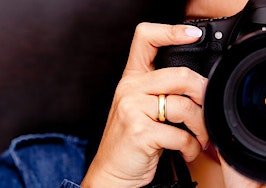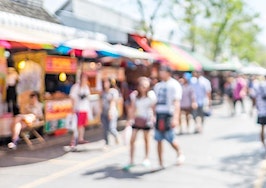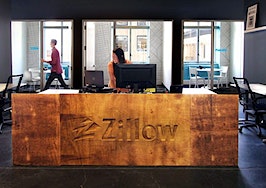- Kodakit is designed to be a one-stop shop for photography.
Some homesellers want to list lickety-split.
Kodakit, an on-demand photography platform operated by Kodak, can help agents rise to the occasion.
In markets where Kodakit has gone live, real estate agents can request a photo shoot at a specific time and receive a response within six minutes from a photographer who can do the job, according to Kodakit CEO Eric Mahe.
The service is designed to be a one-stop shop for photography. It handles scheduling, payment and content delivery.
“The only thing you have to do is tell us when, where and what time, and we take care of everything else,” Mahe said.
Kodakit’s network of more than 3,000 photographers covers 37 countries and 92 cities, including 18 in the Unities States. It’s partnered with Airbnb, HomeAway and Houzz, among other large brands.
It might seem risky to hire the first photographer to raise her hand, but Kodakit says all its vendors are up to the task. They must undergo rigorous vetting, including a review of past work — and sometimes even a test shoot — to join Kodakit’s network, Mahe said.
Pricing varies by market, property, job type and photographer experience. But a photo shoot for a typical New York City home would probably cost a minimum of $150, according to Mahe.
In addition to listing photos, some Kodakit vendors can capture 3-D home tours and videos, including drone footage. Kodakit vendors always transfer the copyright of content to customers, heading off possible disputes over use rights.
Most on-demand photography services are usually just “connecting platforms,” Mahe said.
But Kodakit handles the whole kit and kaboodle. Customers can schedule shoots, send payment and receive content through the platform, streamlining the process from beginning to end.
HouseLens, a real estate marketing services provider, recently launched an end-to-end photography platform that looks a lot Kodakit. But unlike Kodakit, it focuses exclusively on real estate.
Kodakit takes a 20 percent cut of fees paid through the platform, with photographers pocketing the remaining 80 percent.












